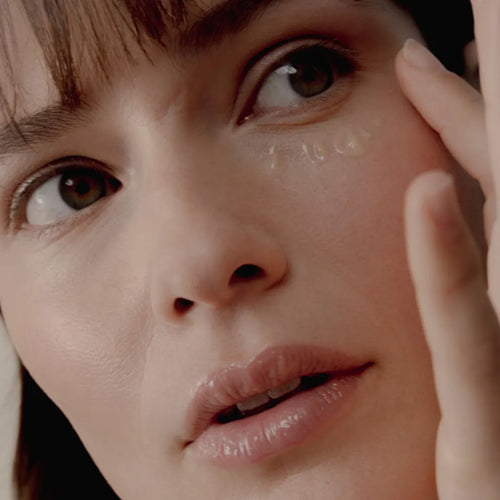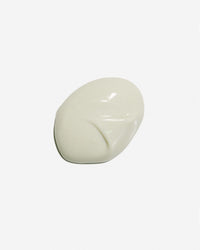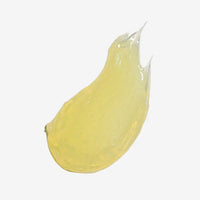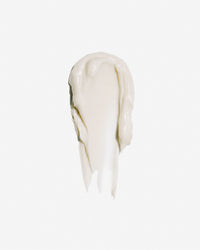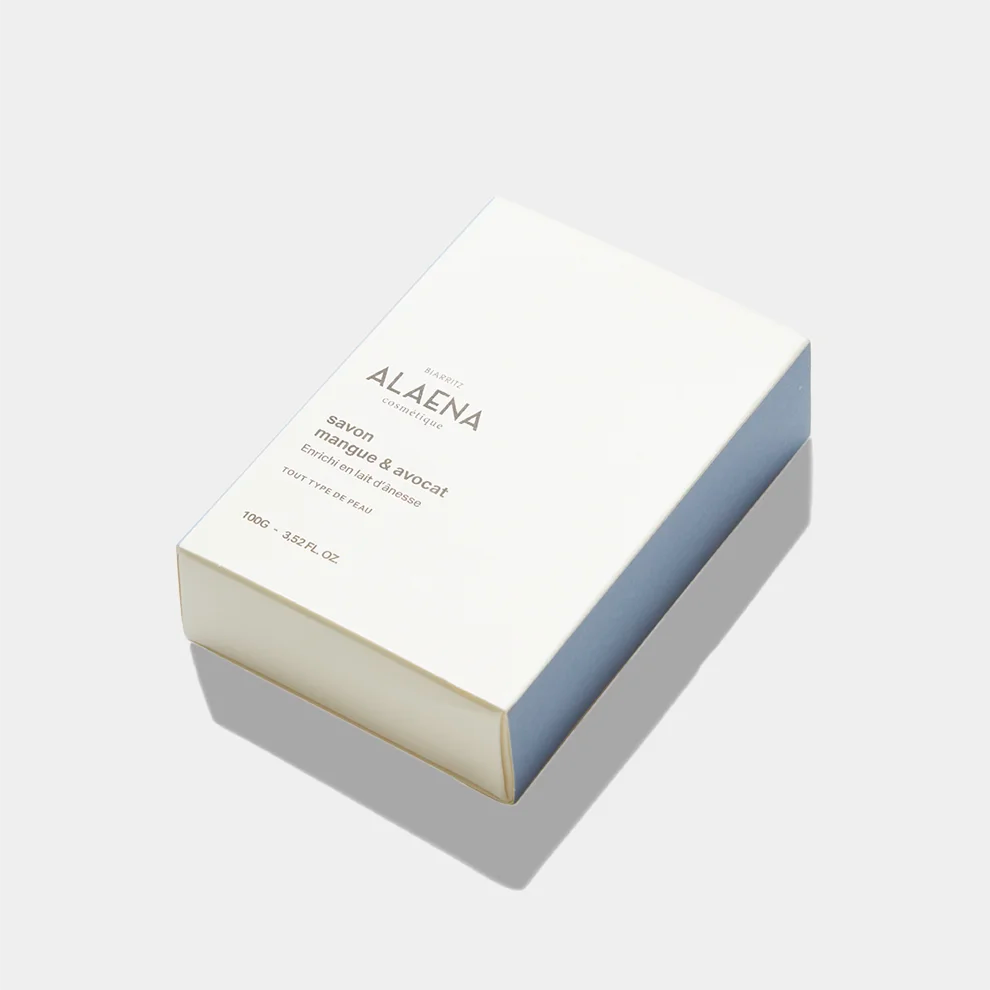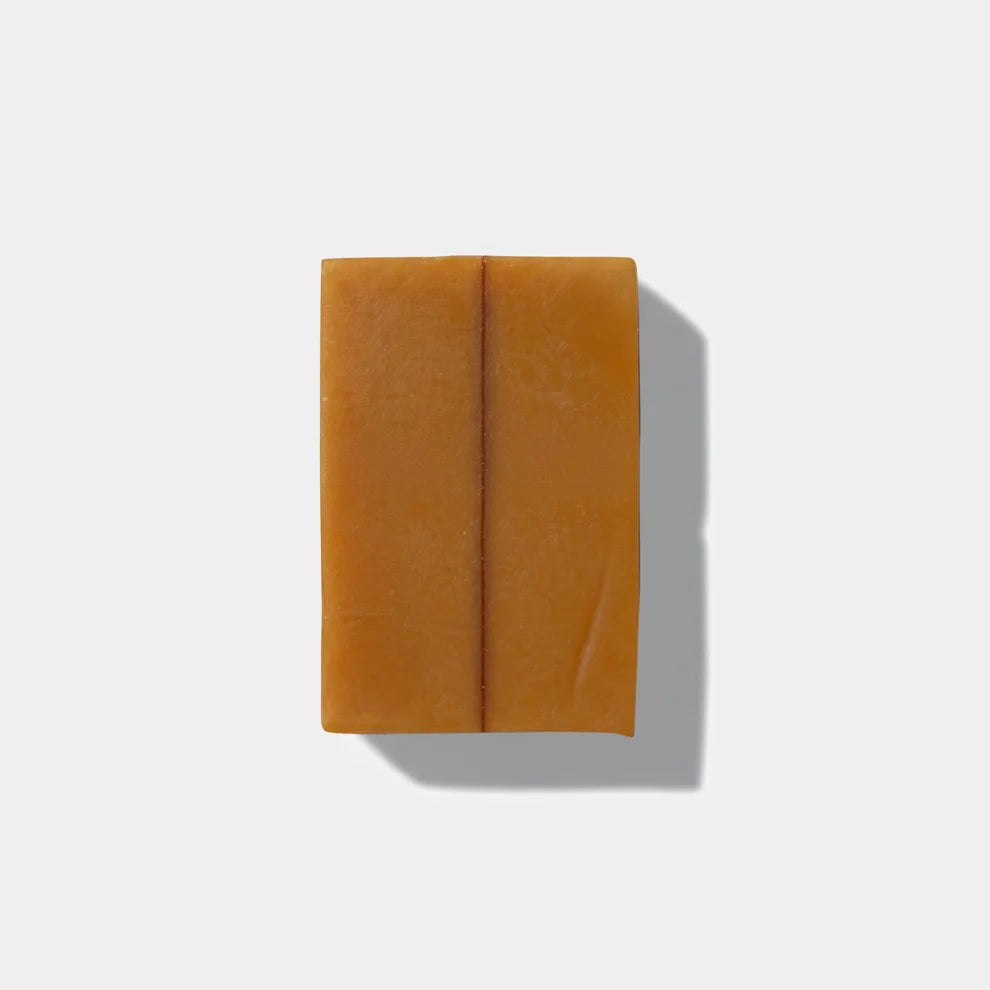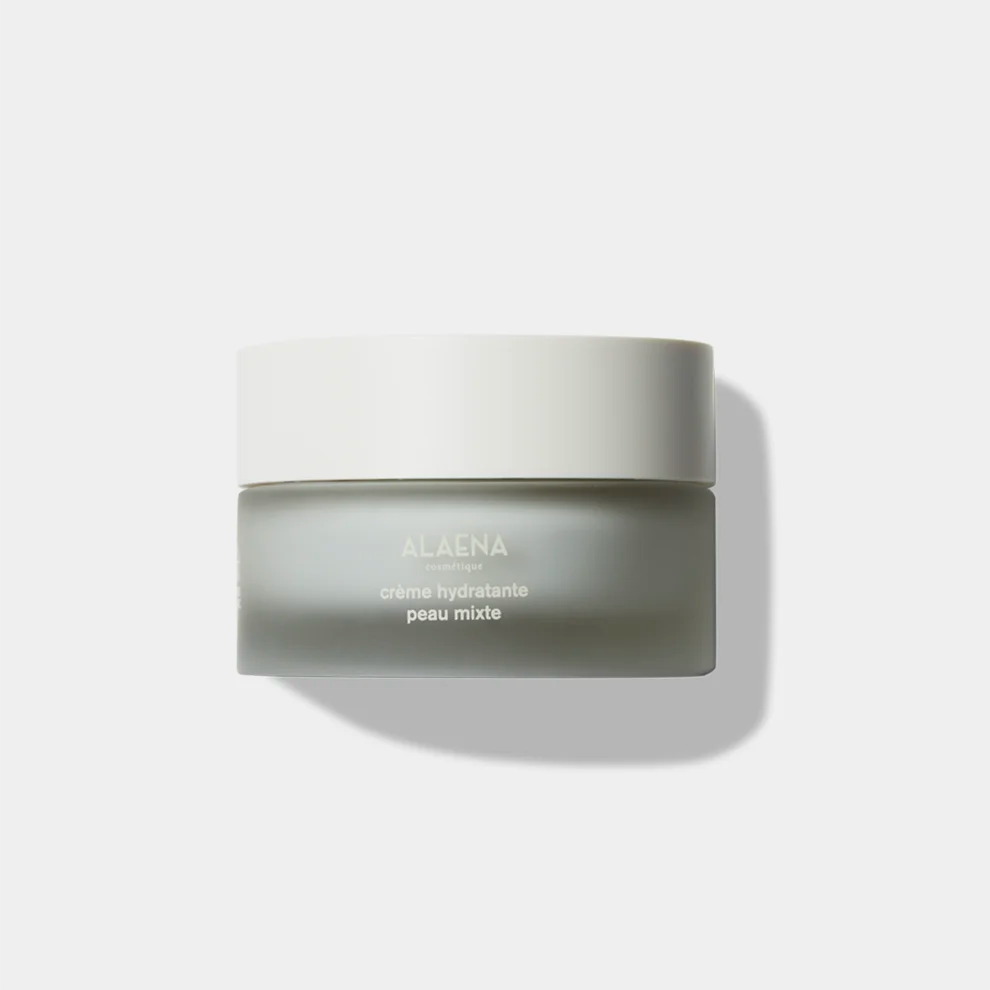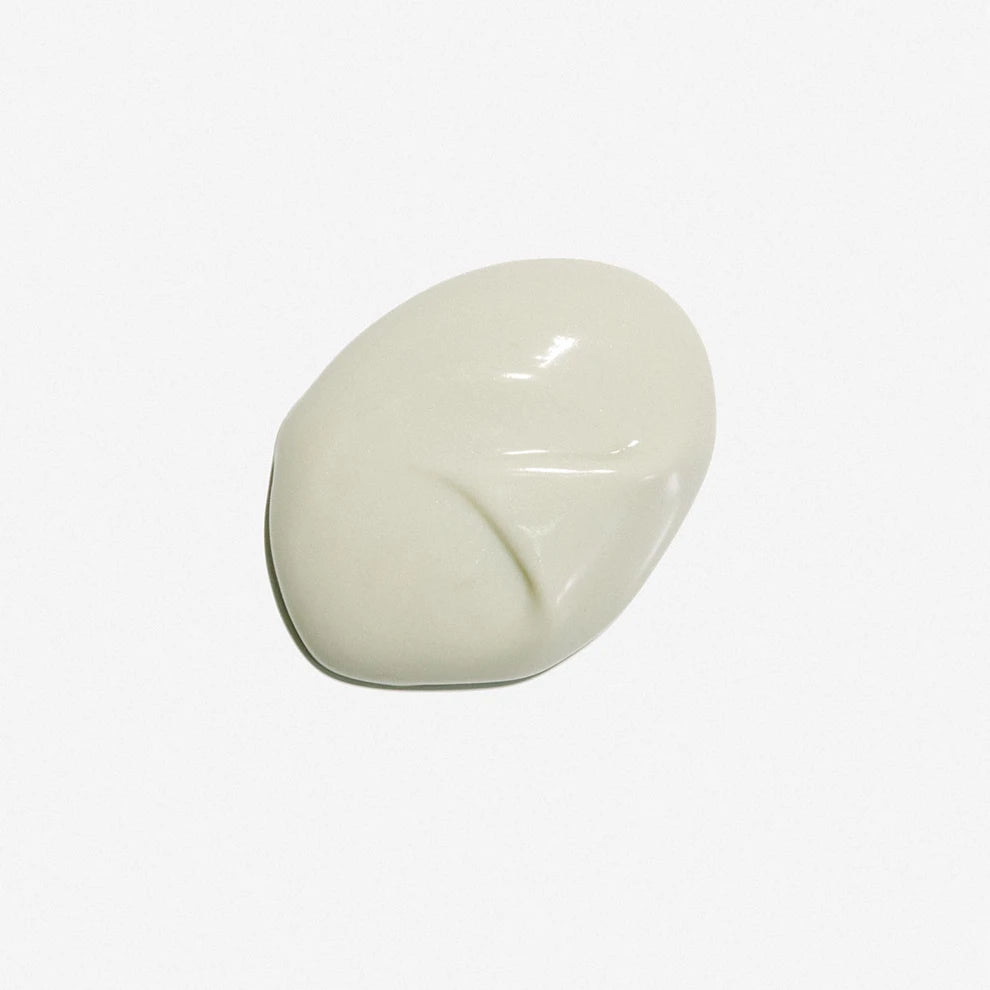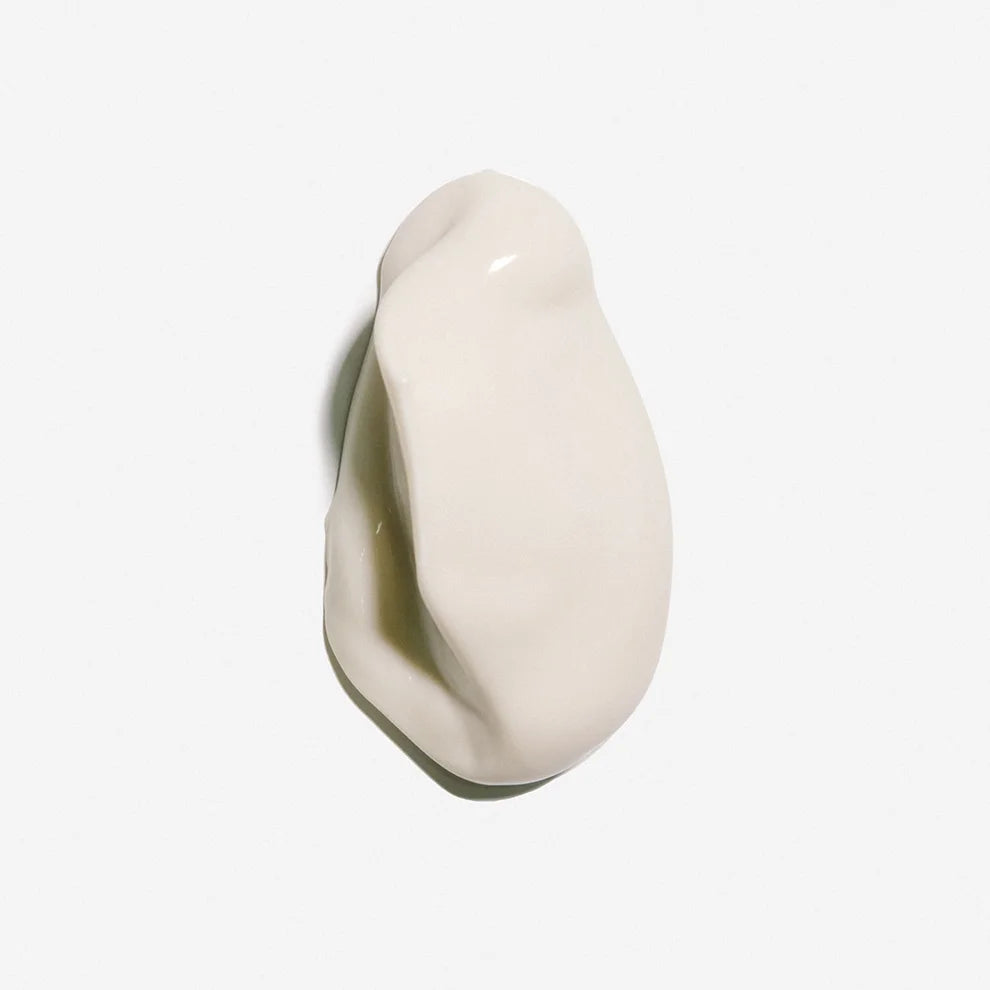Une crème pour la rosacée s’intègre idéalement dans une routine de soins matin et soir, en fonction de l’évolution des symptômes présents.
Le matin, elle agit comme une barrière protectrice pour aider la peau à mieux résister aux agressions extérieures : variations de température, UV, pollution, stress. Elle permet aussi de calmer les flushs (sensation soudaine de chaleur) qui peuvent apparaître dès le réveil.
Le soir, elle favorise l’apaisement et la réparation des tissus, particulièrement en cas de rougeurs persistantes, de bouffées de chaleur en fin de journée, ou de sensation de brûlure. C’est aussi un moment clé pour traiter les formes plus inflammatoires de la rosacée (papulo-pustuleuse), qui s’accompagnent parfois de boutons rouges, de vaisseaux dilatés (couperose) ou de télangiectasies sur les joues, le nez, le front ou le menton.
